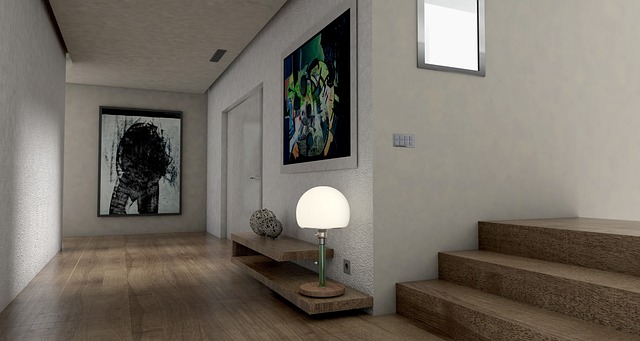In the ever-evolving world of display technology, one innovation continues to resonate with consumers: the power of Passive 3D. This technology promises to elevate visual experiences in ways that traditional 2D displays simply cannot achieve. Imagine sitting down to watch your favorite movie or play an immersive video game, enveloped in a realm where visuals leap out and draw you into the action. With Passive 3D, this scenario is not merely a dream.
Passive 3D technology utilizes polarized glasses that are lightweight and affordable, allowing viewers to enjoy three-dimensional visuals without the discomfort often associated with active 3D systems. The simplicity of this approach means that households can invest in quality displays without breaking the bank, making it a popular choice for family movie nights or gaming sessions. With a wide range of monitors and televisions equipped with Passive 3D capabilities, users can easily experience the next level of home entertainment.
From sleek flat-screen televisions to cutting-edge computer monitors, the influence of Passive 3D is becoming more visible in everyday life. As the demand for high-definition content surges, display technology manufacturers are stepping up to the plate, integrating advanced features that enhance the viewer’s experience. The broadening landscape includes not only entertainment-focused devices but also applications in education and professional settings, where 3D visualizations can facilitate understanding in ways that flat displays struggle to achieve.
At what point does a standard visual medium transform into an extraordinary experience? The answer often lies in the technology behind the display. With Passive 3D, viewers can observe depth and dimension that capture the natural movements and intricacies of their favorite content. Whether it’s witnessing a dramatic race in a sports event or exploring the vivid landscapes of a documentary, the enhanced visualization provided by Passive 3D brings a new dimension to storytelling, allowing audiences to feel as though they are part of the narrative.
Moreover, coming from a technical standpoint, the advancements in Passive 3D technology have proven to provide clearer images without the flickering and eye strain that some consumers experience with active 3D systems. This has not only revitalized interest in three-dimensional entertainment but has also paved the way for future innovations. As technology continues to advance, viewers can anticipate even more nuanced experiences, from brighter images to richer colors, all while keeping the comfort and accessibility that is characteristic of Passive 3D.
In the realm of displays, users are no longer just passive viewers; they are participants in a multi-sensory experience. The fusion of passive 3D technology with high-definition displays signifies a turning point in how we interact with visual media. Furthermore, it enhances not only the entertainment sector but also revolutionizes fields like architecture, engineering, and even virtual reality, where visualization is key. From the cinema to the desktop, Passive 3D stands at the forefront, ready to transform the way we visualize and engage with content.
As we continue to explore the uncharted territories of display technology, one thing becomes clear: Passive 3D encapsulates a sense of wonder and engagement that resonates deeply with users. It invites them to rediscover the magic of their favorite media while offering endless possibilities for the future of visual storytelling. When integrating Passive 3D into your entertainment setup, you are not merely upgrading your technology; you are enhancing your entire viewing experience and rekindling the joy of visual exploration.




